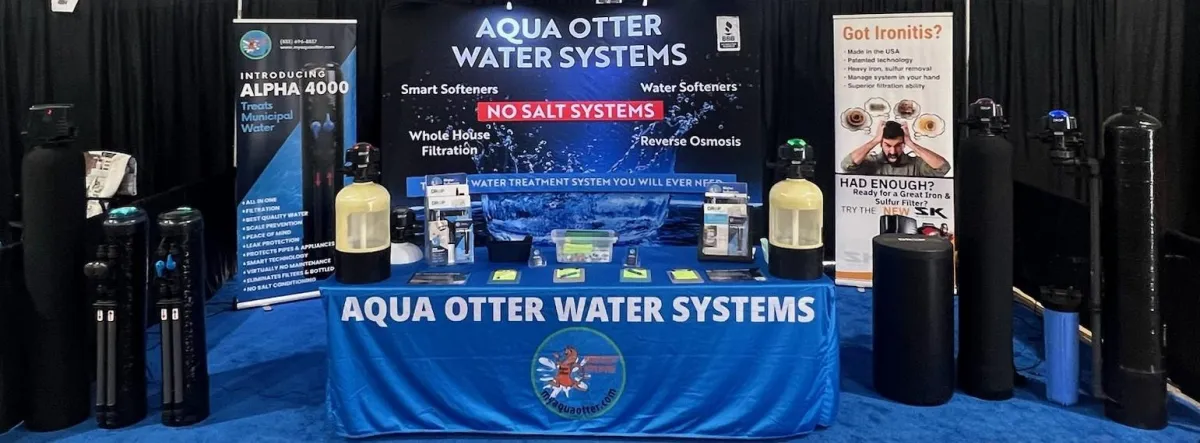WHERE QUALITY MATTERS
ABOUT US



When it comes to something as important as the water you drink, you can’t take any chances. Aqua Otter has decades of experience, and we prioritize customer satisfaction, so you can rest assured you’ll get a top-notch water treatment system. Our local, family-owned business is also insured to give you peace of mind.
If you're in the Indianapolis, IN, or surrounding areas and looking for the best water treatment solutions for your home or business, Aqua Otter Water Systems has everything you need. We offer a variety of Indiana water solutions to make sure your family and employees are using and drinking healthy, contaminant-free water. Our company offers a variety of options for you, including:
● Salt-free systems for those looking for a chemical-free solution
● Water softener system installations to prevent buildup and protect your pipes
● Whole house filter systems to ensure your water is clean and healthy
● Drinking watersystems for pure, great tasting water
● Well water treatmentsfor those on private water sources.
Call us today at (833) 247-5807 to schedule an appointment for a filtration system installation.

